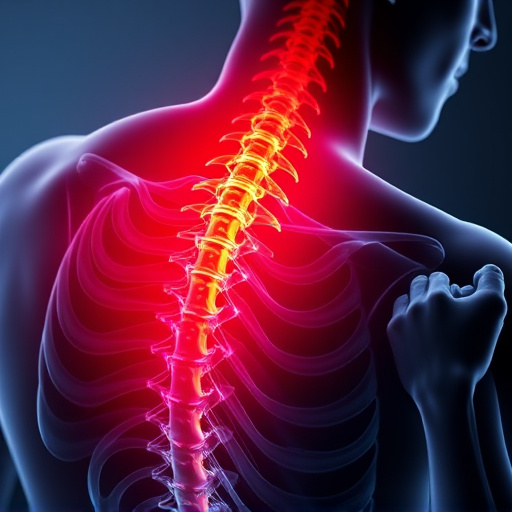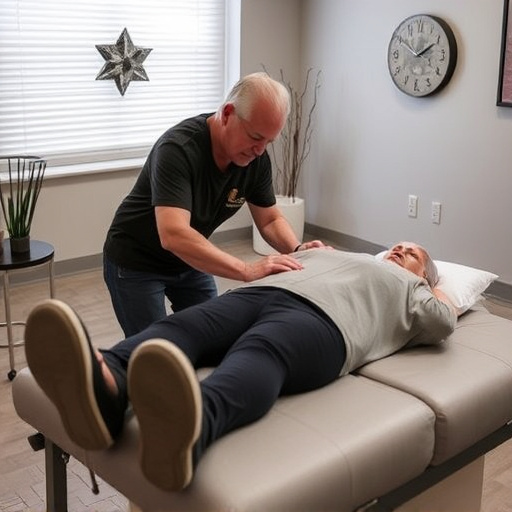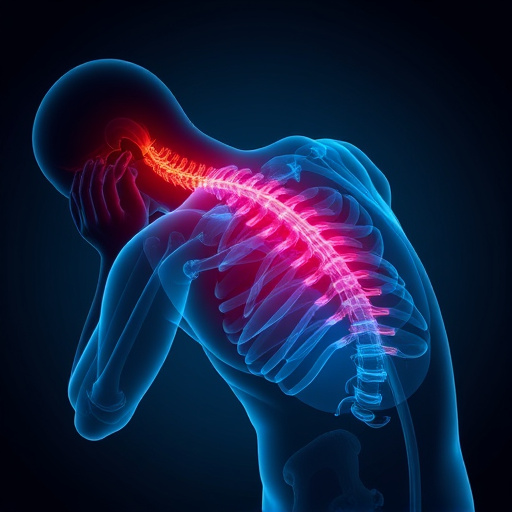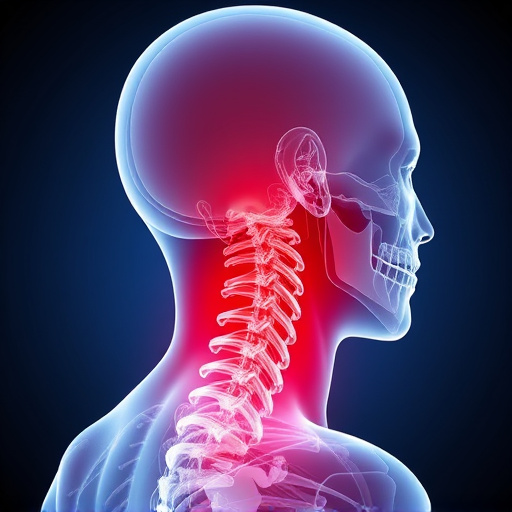Defining Key Performance Indicators (KPIs) for post accident rehabilitation is vital to track patient recovery progress. KPIs should encompass physical functionality, pain management, and quality of life. Regular assessment, structured feedback, and data analytics empower healthcare professionals to personalize treatment plans, optimize outcomes, and facilitate patients' safe return to daily life.
In the pursuit of optimal recovery, tracking improvement throughout post-accident rehabilitation care is paramount. This article explores strategies for enhancing patient outcomes by defining key performance indicators (KPIs) tailored to post-accident rehabilitation, implementing regular assessment and feedback loops, and leveraging data analytics to measure and optimize recovery progress. By integrating these practices, healthcare providers can ensure targeted interventions and foster better long-term outcomes for patients navigating the complexities of post-accident care.
- Defining Key Performance Indicators for Post Accident Rehabilitation
- Implementing Regular Assessment and Feedback Loops
- Utilizing Data Analytics to Measure and Enhance Recovery Outcomes
Defining Key Performance Indicators for Post Accident Rehabilitation
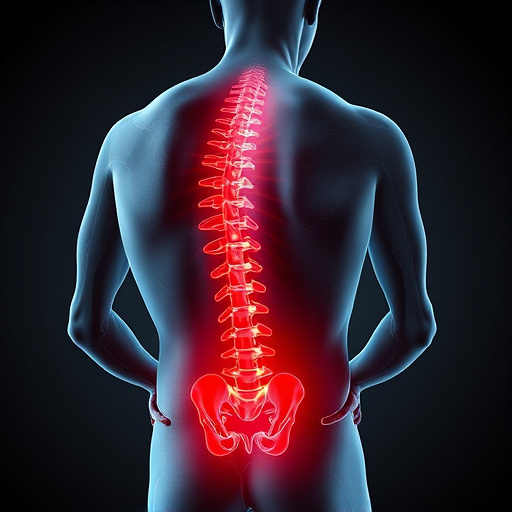
Defining Key Performance Indicators (KPIs) is a pivotal step in tracking improvement during post-accident rehabilitation care. These KPIs should encompass various aspects of patient recovery, such as physical functionality, pain management, and overall quality of life. For instance, in the context of chiropractic treatment for lower back injuries, KPIs might include reduced pain levels, improved range of motion, and decreased reliance on medication.
When considering specialized treatments like shockwave therapy or sciatica treatment, KPIs could extend to patient satisfaction with these interventions, as well as measurable outcomes such as nerve conduction improvements or reduced inflammation. By setting clear and relevant KPIs, rehabilitation teams can better assess progress, make data-driven decisions, and ultimately enhance patient care and recovery results.
Implementing Regular Assessment and Feedback Loops

Regular assessment and feedback loops are integral to effective post accident rehabilitation care. These continuous evaluations allow healthcare professionals to track patient progress, identify areas of improvement, and adjust treatment plans accordingly. By implementing structured assessments at regular intervals, practitioners can gain valuable insights into a patient’s recovery trajectory, especially in managing conditions like joint pain relief or neck pain treatment through physical therapy.
This dynamic approach ensures that the rehabilitation process remains responsive and tailored to individual needs. Feedback from these assessments guides therapists in refining their techniques, be it adjusting exercise routines, modifying treatments, or providing mental support to foster better patient engagement. Ultimately, regular assessment and feedback loops contribute to enhanced outcomes and a smoother transition back to daily life for those engaging in post accident rehabilitation.
Utilizing Data Analytics to Measure and Enhance Recovery Outcomes
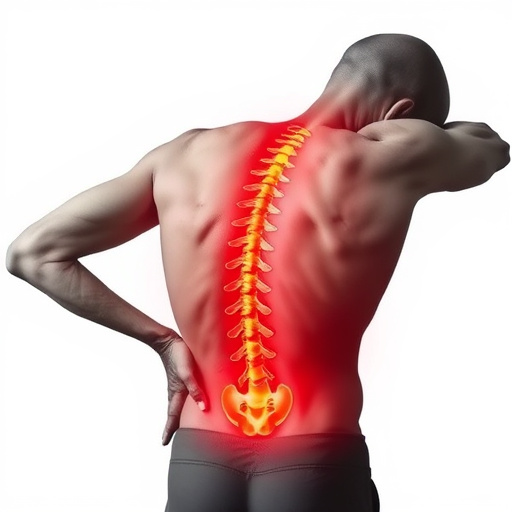
In the realm of post-accident rehabilitation, data analytics emerges as a powerful tool to measure and enhance patient recovery outcomes. By harnessing the insights hidden within vast datasets, healthcare professionals can gain a comprehensive understanding of each patient’s unique journey towards wellness care. This involves tracking various metrics such as physical activity levels, pain management, and cognitive function before, during, and after the rehabilitation process. Advanced analytics techniques enable the identification of trends and patterns that may not be immediately apparent, allowing for more tailored interventions and improved treatment plans.
Utilizing data-driven insights, healthcare providers can optimize post-accident rehabilitation programs. For instance, through analyzing patient data, they might discover that certain therapies, like shockwave therapy for pain, yield better results for specific injury types or age groups. This knowledge facilitates the implementation of evidence-based practices, ensuring patients receive the most effective care. Moreover, continuous monitoring and analysis enable prompt adjustments to rehabilitation strategies, ultimately contributing to enhanced auto accident recovery outcomes and a smoother transition back to daily life.
Tracking improvement throughout post-accident rehabilitation care is essential for optimizing patient outcomes. By defining key performance indicators, implementing regular assessment and feedback loops, and utilizing data analytics, healthcare providers can ensure that each patient receives personalized care tailored to their specific needs. This comprehensive approach enhances recovery outcomes, fosters better patient engagement, and ultimately contributes to a more effective and efficient post-accident rehabilitation process.









